5 Famous & Ancient Japanese Temple Architectures
1. Kinkaku-ji (Golden Pavilion)
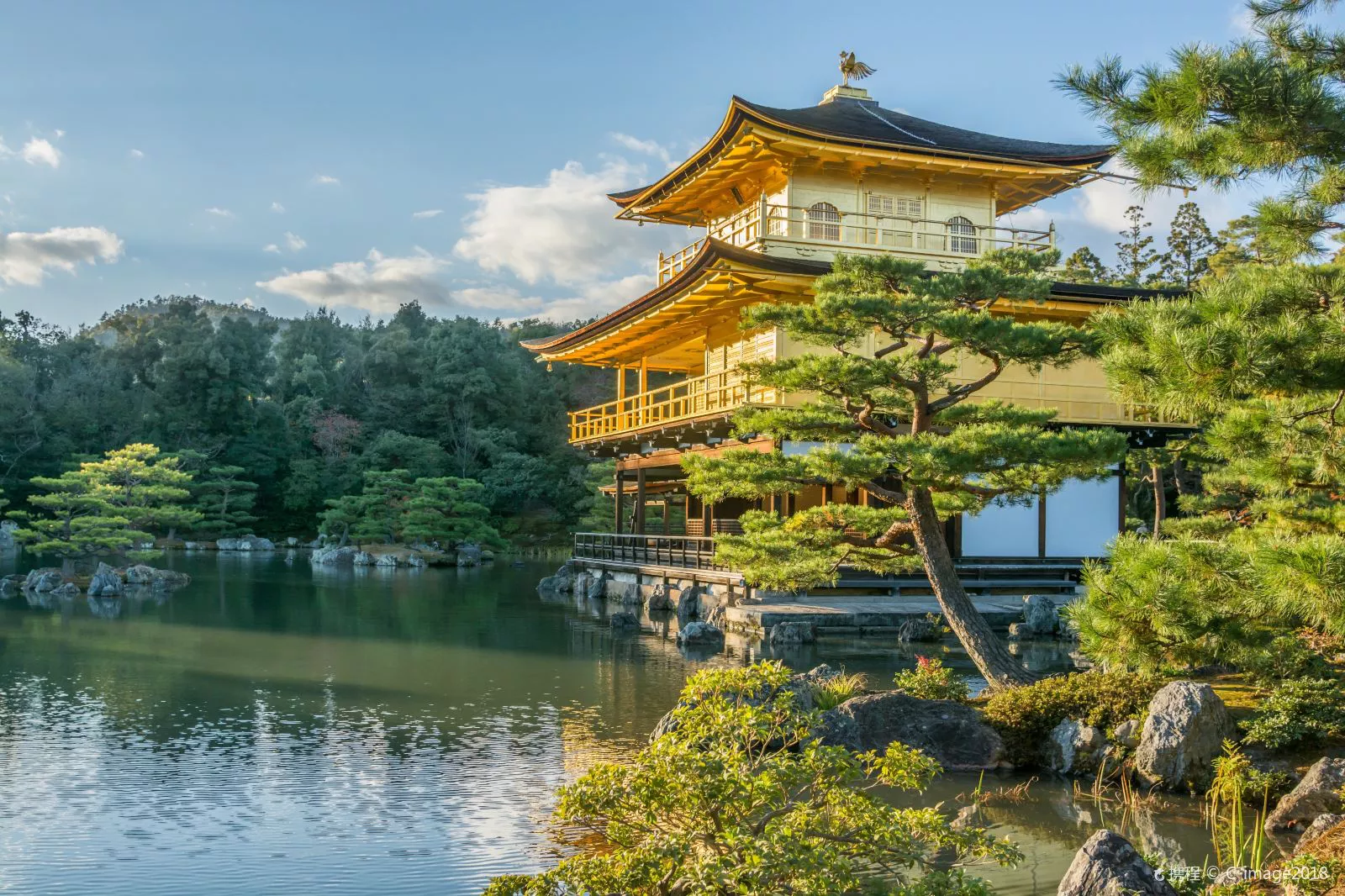
Location: Kyoto, Japan
Construction Date: 1397
Visiting Hours: 9:00 AM to 5:00 PM
Kinkaku-ji, officially known as the Rokuon-ji Temple, is one of Japan’s most iconic landmarks. The temple’s name translates to “Golden Pavilion” because of the shimmering golden leaf that covers the upper floors of the structure. Originally built as a villa by the shogun Ashikaga Yoshimitsu, it was later converted into a Zen Buddhist temple after his death.
2. Senso-ji Temple
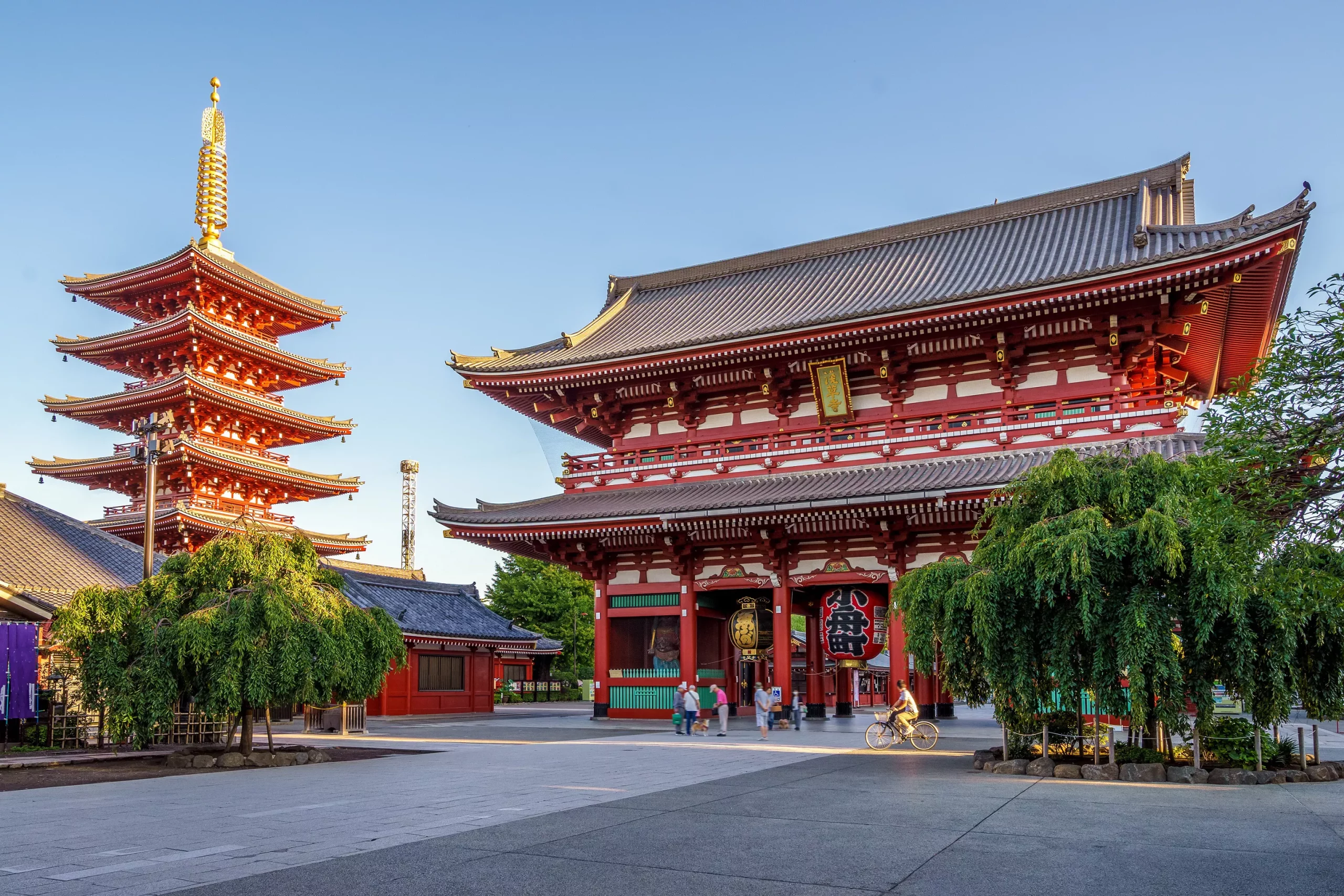
Location: Asakusa, Tokyo, Japan
Construction Date: 628
Visiting Hours: 6:00 AM to 5:00 PM
Senso-ji is the oldest and most famous temple in Tokyo. It was originally constructed in 628 and dedicated to the Buddhist goddess Kannon. The temple’s main hall, or “Hondo,” is a prominent symbol of Tokyo and holds a special place in the hearts of local residents.
3. Todai-ji Temple
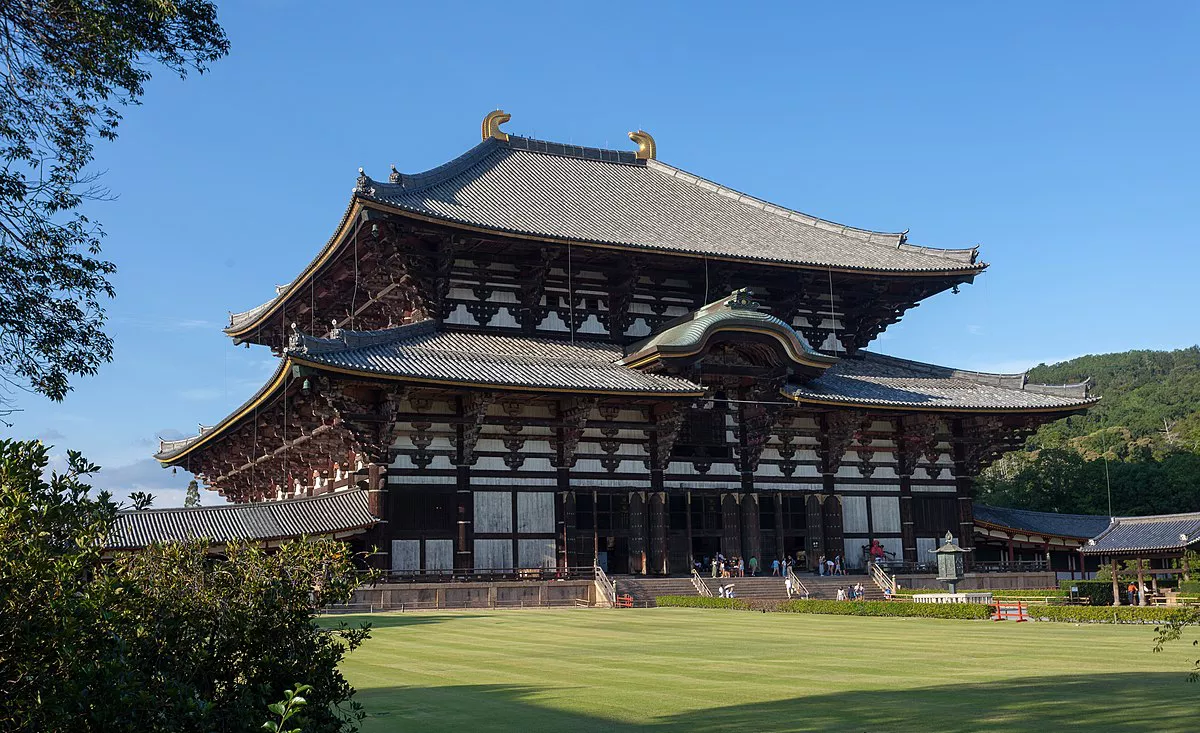
Location: Nara, Japan
Construction Date: 752
Visiting Hours: 7:30 AM to 5:30 PM
Todai-ji is a grand Buddhist temple in Nara, Japan, and home to the Great Buddha (Daibutsu), one of the largest bronze statues in the world. The temple was established during the Nara period (710–794) and is regarded as one of Japan’s most historically significant temples.
4. Kiyomizu-dera Temple
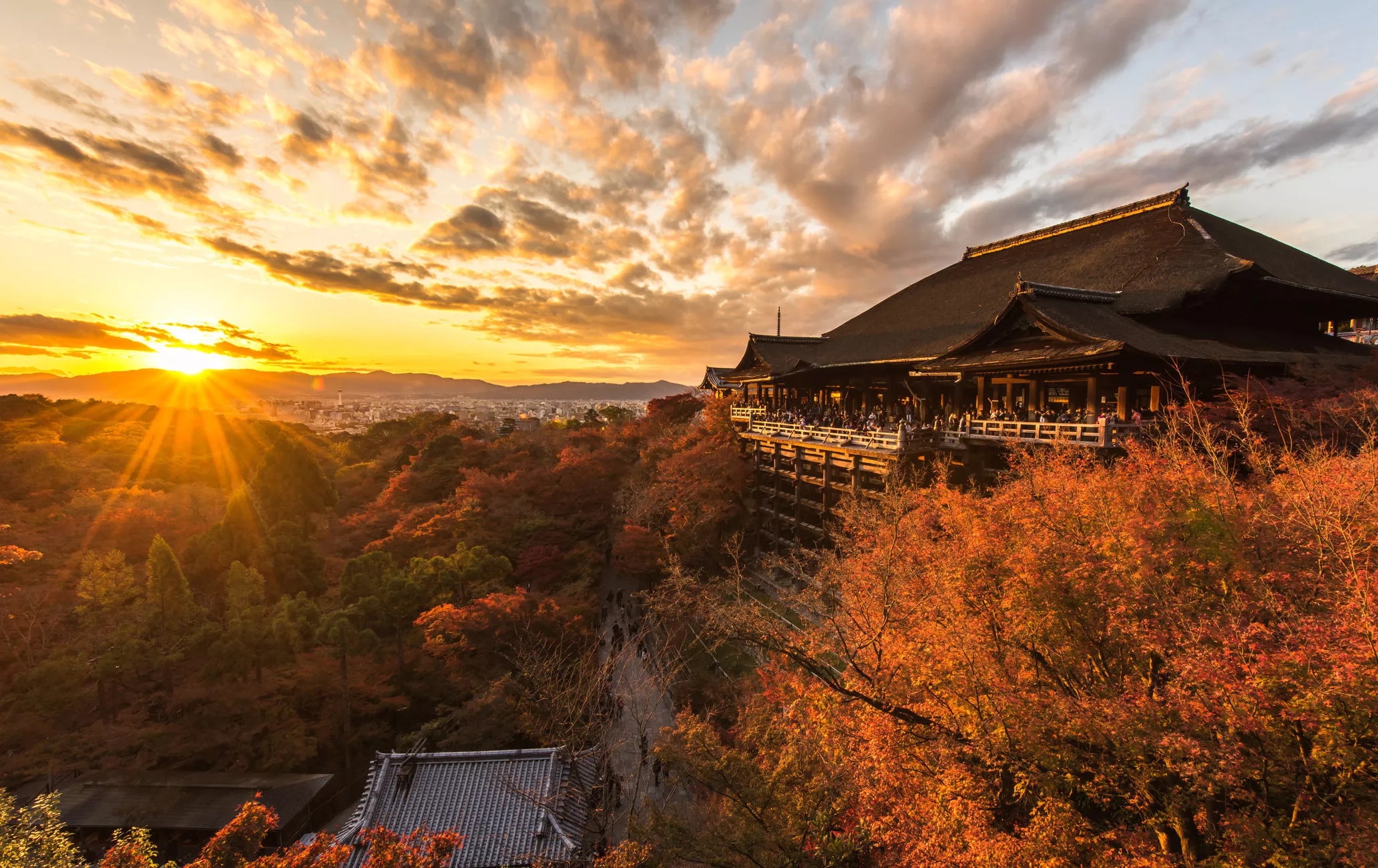
Location: Kyoto, Japan
Construction Date: 778
Visiting Hours: 6:00 AM to 6:00 PM
Kiyomizu-dera, meaning “Pure Water Temple,” is one of Kyoto’s oldest and most important temples. The temple is named after the Otawa Waterfall, whose waters are believed to have healing powers. The temple was originally built during the Heian period and has been a UNESCO World Heritage Site since 1994.
5. Ryoan-ji Temple
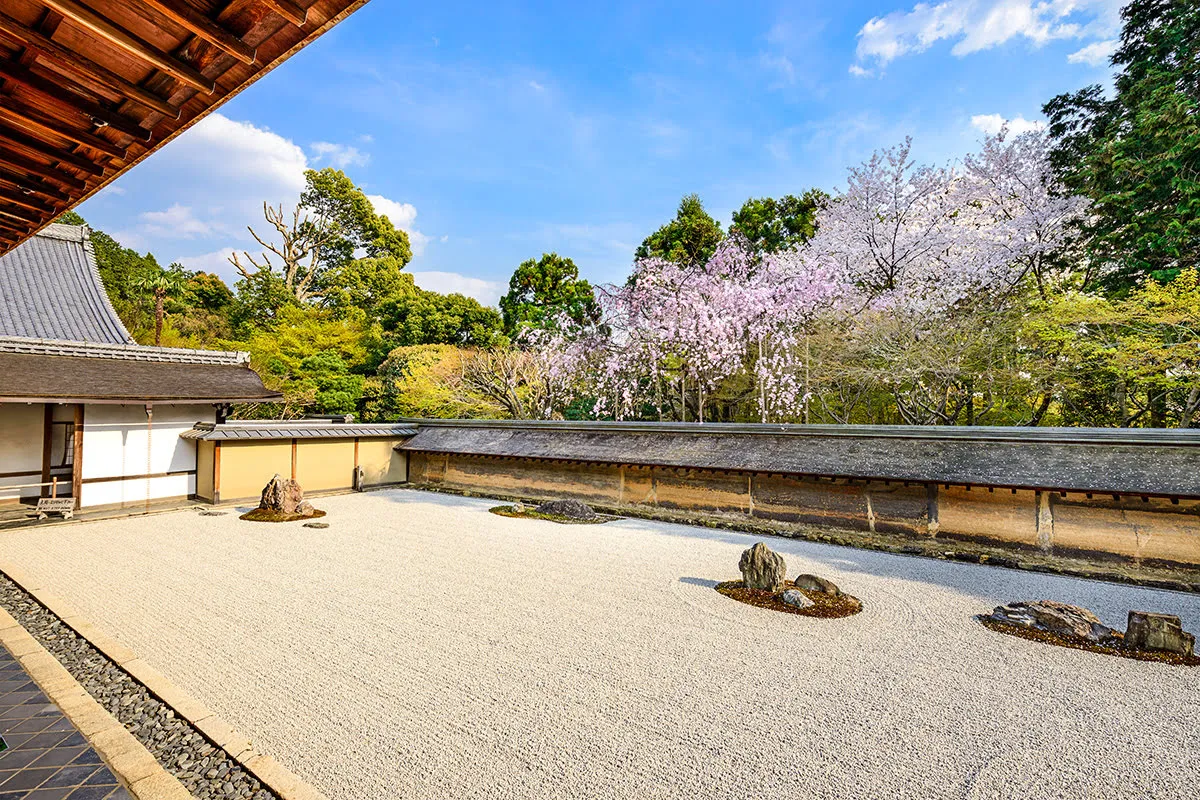
Location: Kyoto, Japan
Construction Date: 1450
Visiting Hours: 8:00 AM to 5:00 PM
Ryoan-ji is a Zen Buddhist temple in Kyoto, renowned for its beautiful rock garden, which is often considered one of the best examples of a Zen garden. Built in the 15th century, the temple embodies the principles of Zen Buddhism through its minimalist design and tranquil environment.
